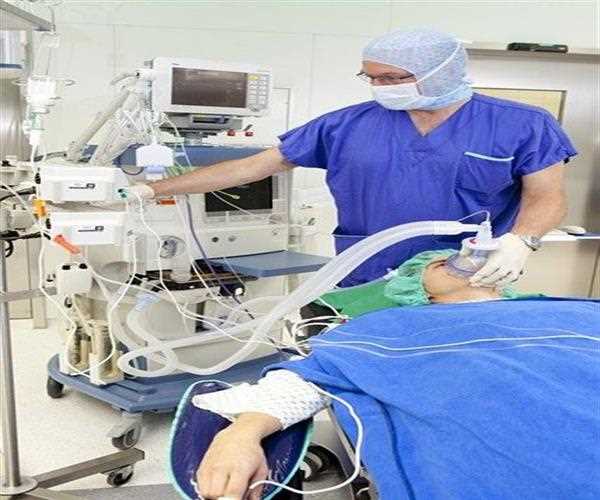
20-Sep-2022
What is a Dialysis Machine?
What is dialysis?
Dialysis is a treatment for people with
kidney failure. If you have kidney failure, your kidneys
don't filter your blood properly. As a result,
waste and toxins accumulate in the blood. Dialysis
performs the kidney's function of removing waste and excess
water from the blood.
Who needs dialysis?
People with kidney failure or end-stage renal disease
(ESRD) may need dialysis. Injuries and conditions such as high blood pressure,
diabetes, and lupus can damage the kidneys, leading to kidney disease.
Some people develop kidney problems for no apparent reason. Kidney failure can be a
long-standing condition, or it can come on suddenly (acute) after a
serious illness or injury. This type of kidney failure may disappear with recovery.
Kidney disease has five
stages. In stage 5 kidney disease, your healthcare
provider thinks you have end-stage kidney disease
(ESRD), or kidney failure. At this time, the kidneys
perform about 10 to 15% of their normal function. You may need dialysis or a kidney transplant to
survive. Some people receive dialysis while they wait for a transplant.
What does the kidney do?
Your kidneys are part of the urinary tract. These two bean-shaped organs
are located under the rib cage on either side of
the spine. They remove toxins from the blood and return filtered, nutrient-rich blood
back into the bloodstream. Waste products and extra water make
urine from the kidneys to the bladder. The kidneys also help
control blood pressure.
What types of dialysis do you have?
There are two ways to do dialysis.
Hemodialysis. peritoneal dialysis.
What is hemodialysis?
During hemodialysis, a machine removes blood from
the body, filters it through a dialyzer (artificial kidney), and returns the
purified blood to the body. This 3-5 hour course can be done three times a week in a hospital or dialysis
center. Hemodialysis can be done at home. Home treatment may
require less time per session, 4-7 times per week. You
can choose hemodialysis at night while you sleep.
What happens before hemodialysis?
Before starting hemodialysis, you will undergo minor
surgery to facilitate access to the circulation. You
could have:
Arteriovenous fistula (AV fistula): A surgeon connects an artery and
a vein in your arm. Arteriovenous graft (AV graft):
If an artery and vein are too short to connect, doctors use a graft
(a soft tubular tube) to connect the artery and vein.
AV fistulas and grafts dilate the connected arteries and
veins, making dialysis accessible. They also help blood flow
through the body quickly.
If dialysis is needed quickly, doctors may
provide temporary access by inserting a catheter (a thin tube) into a vein in
the neck, chest, or leg. Your healthcare provider will
tell you how to prevent infection in the fistula or graft. This provider will also show you how to
perform hemodialysis at home if you wish.
Are there activity restrictions during dialysis?
Many dialysis patients continue to lead active lives,
work, raise families, and travel. When traveling, educators will help organize new places in the center. If you
create two types of dialysis, you can accept daily donations and dialysis
(if necessary) from a portable house. People on peritoneal dialysis may need to limit exercise or certain physical activities
as the abdomen fills with dialysis solution. Otherwise, exercise is
generally acceptable for dialysis patients. You should ask your
service provider to participate in a specific
activity or sport.

Student
An inquisitive individual with a great interest in the subjectivity of human experiences, behavior, and the complexity of the human mind. Enthusiased to learn, volunteer, and participate. Always driven by the motive to make a difference in the sphere of mental health - and normalize seeking help through a sensitive and empathetic approach
Comments
Join Our Newsletter
Subscribe to our newsletter to receive emails about new views posts, releases and updates.
Copyright 2010 - 2026 MindStick Software Pvt. Ltd. All Rights Reserved Privacy Policy | Terms & Conditions | Cookie Policy